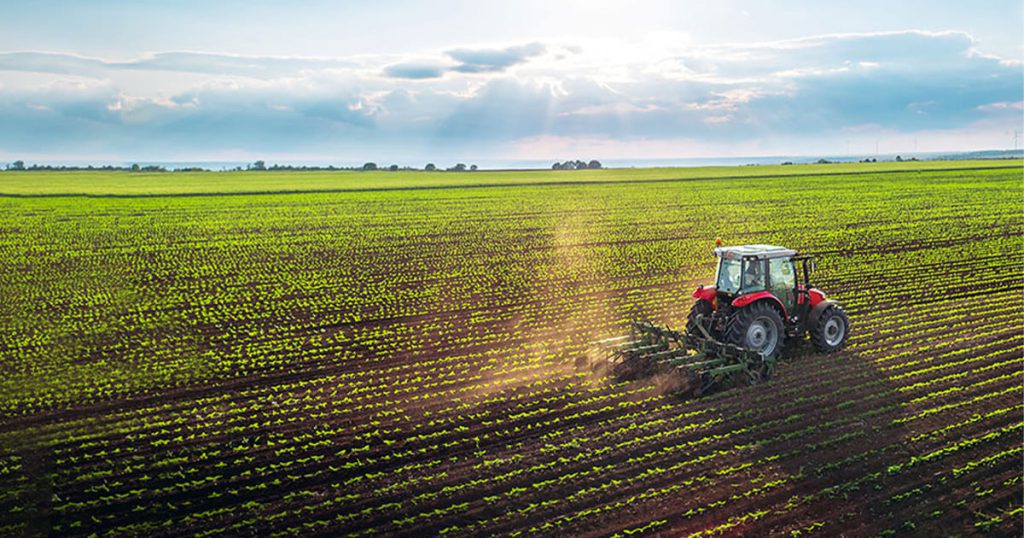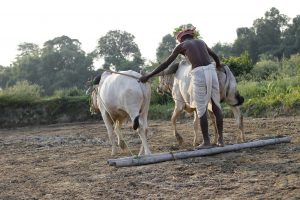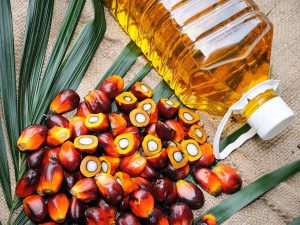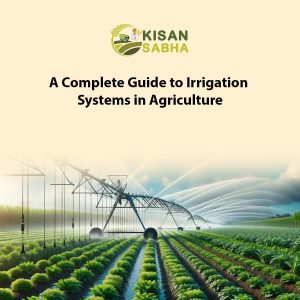Agriculture is one of the oldest occupations in India. Having your farm field allows you to put your effort into knowing the hidden questions about soil feasibility. As a result, you have a clear mindset for cultivating the most appropriate crop as per the geographical nature and solid humidity benchmark. Making a change in a nature-blessed entity is not the producer’s control. What will you do if you brainstorm a proven idea to achieve unprecedented growth? Then, transforming your expectations into reality is not daunting.
It ensures that you get a sooner and later blossom crop record. So, keep patience and embrace noteworthy top-performing agriculture methods. Each method does not work at the same intensity as in other regions. Do you know the exact reason behind the agricultural aspects? There is no miracle in the crop, and it happens due to geographical diversity. In other words, the different regions’ farmers adopt unique techniques and methods that work well at productivity challenges.
Insisting on outdated agricultural practices raises questions about productivity. So, an agriculture professional should work with sustainable and innovative methods that provide a suitable environment for maximum productivity. Do not engage in short-term agriculture methods, and practice sustainable methods that sharpen the modern agriculture phase.

9 Types of Farming in India
Farming is an essential procedure in the field and the orchard. So, fresh vegetables and edible items should be available for food items and recipes needed in your kitchen gardens. There is no compulsion to buy leafy greens and vegetables from mandi startups and marketers. But you are aware of the right type of farming methods. So, it is the right time to discuss.
Subsistence Farming
The farming methods are not suitable for professional yield producers. The nuclear family will engage in subsistence farming as it is the base point of rural India. They cultivate this crop for self-consumption, and there is direct and indirect participation in commercializing it. But, how is it possible to generate sufficient grains? These producers should use the traditional tools, rain-fed agriculture, and organic farming. The moral aspect of agriculture is to ensure food security for survival. Sustaining this agriculture does not have any problems. So, cultivators do not engage them self in small landholdings and weather dependency.
Extensive Farming
Extensive agriculture works on large areas of land, and minute agricultural input is expected. In other words, you need minimal and zero help for utilizing inputs such as labor, fertilizers, and irrigation. The good prospect of such farming is in arid and semi-arid areas, which are suitable for relevant crops. If farmers have the willpower with abundant supplies, then they choose a water-resistant crop. Do not let it grow into an investment, as it requires a few resources to achieve average crop quality. But crop volume might drop to some extent. In addition, farming leads to erosion that impacts land fertilization.
Plantation Farming
Crop varieties are an essential procedure to ensure survival. So, one should merge with the advanced and common agricultural practices to feed all agricultural feeds. So, they should move with the intensive cultivation of cash crops. It includes tea, coffee, rubber, and spices. These crops demand a specific climate and are cultivated in a province. Here, they adopt monoculture prevalence, and a skilled and helpful workforce is required to optimize its yields.
Read More:- Exploring the Benefits of Agri Logistics Startups
Commercial Farming
Commercial farming aims to produce massive crops to maximize yields and profit. Even though this farming leads to quantity improvements, there is no setback for improved quality. Since it is related to radical improvement in sales and profit, high yield is the producer’s expectation. It includes fertilizers, pesticides, and advanced agriculture methods.

Dry Land Farms
Some geographical areas do not have high water levels. In other words, there is a scarcity of rainwater. So, the farmer’s dry land farm for a suitable crop aims to conserve water. These drought-tolerant crops, such as pearl, millet, and sorghum, manage local food supplies. On the other hand, soil erosion is evident in arid and semi-arid areas due to the scratching of the top fertile layer. So, usual soil conservation steps in milching and bunding. Undoubtedly, this technique is well-suited for semi-arid areas. But it does not offer excellent results and leads to lower yields.
Shifting Cultivation
Ancient India was used to this farming, but it is still a common practice and referred to as Jhum. Agriculture practice rules over the North-east state. The dense forest was fragmented into thin fields, and some specified areas for litter fertilizers. Wait for a few days and plant crops such as maize, and so on. After some years, the land is likely to turn barren.
As a result, it clears some respective areas. Henceforth, their crop will rejuvenate itself. This practice is not new, but there might be some risks related to soil erosion and deforestation.
Capitalist Farming
The main intention of this farming is to gain maximum profits and involves mass production. The crops include cotton, sugarcane, and oilseeds for high-yield production. Without a shadow of doubt, yield and income increase. But, there might be other pitfalls. Solid exhaustion and input issues are raised. It works in such a way that it maintains the equilibrium and long-term sustainability.
Mixed Farming
Mixed farming is identified as the oldest agricultural method to produce prosperous crops at any cost. The point is that it is integrated with crop cultivation and animal husbandry. Indulge in better survival with cattle, goats, and poultry, with milk, eggs, and manure. The required manure usage ensures massive grains, vegetables, and fruits. As a result, it creates a closed loop, recycling nutrients and reducing dependency on natural resources. Following these farming practices contributes a lot to biodiversity, resilience, and sustainable food production.
Mediterranean Farming
India is not used to this farming. However, this farming is accepted in a few specific geographical belts. It includes a hot and dry summer and a mild and wet winter. Olive cultivation happens in Jammu and Kashmir and Himachal Pradesh. The favored cultivation is to have no water consumption, but it loves to grow in rock. The drought-friendly crop is feasible for high-quality olive oil, but it brings excellent business and job opportunities for localities.
All of these are major agricultural methods in India. Even though they apply these methods, farmers struggle to address multiple causes of productivity. They do not find the right decision to deal with multiple challenges with one farming practice. So, producers use one method with a mix of benefits and limitations. So, these methods balance nature and sustain agriculture. While using it, agriculture’s future will turn bright.
Conclusion
Do not be conservative in the context of agriculture. It is the right time to tune in with old methods and technical skills to add efficiency in unprecedented productivity. Experience effective agricultural production to embrace technology. One should follow good practice in farming practices that do not impact future agriculture. Otherwise, you are likely to face issues with agricultural supplies. As per your convenience and your budget, you can go with the most relatable agriculture practice.





